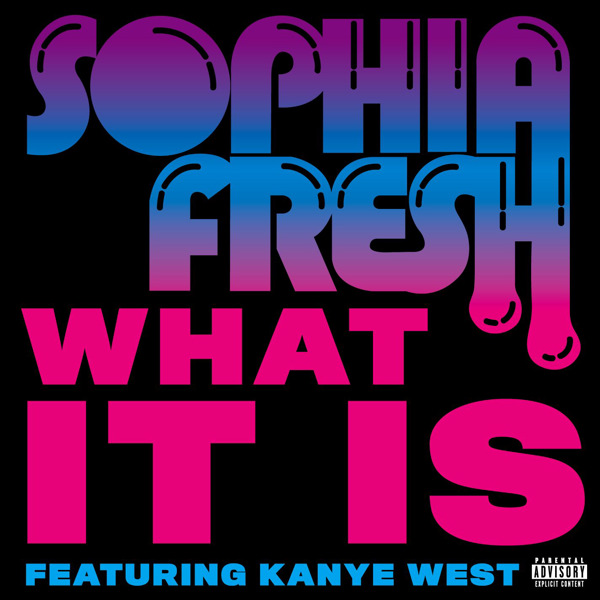### What is a Forbearance on a Loan? Understanding Its Benefits and Implications
Guide or Summary:Understanding ForbearanceTypes of ForbearanceBenefits of ForbearancePotential DrawbacksHow to Apply for Forbearance**What is a forbearance……
Guide or Summary:
- Understanding Forbearance
- Types of Forbearance
- Benefits of Forbearance
- Potential Drawbacks
- How to Apply for Forbearance
**What is a forbearance on a loan?** Forbearance is a temporary relief option offered by lenders that allows borrowers to pause or reduce their loan payments for a specified period. This can be particularly beneficial for individuals facing financial difficulties due to unforeseen circumstances, such as job loss, medical emergencies, or natural disasters.
In this article, we will delve deeper into the concept of forbearance, exploring its benefits, potential drawbacks, and the steps involved in applying for this relief option.
Understanding Forbearance
Forbearance is often confused with loan forgiveness, but they are fundamentally different. While loan forgiveness means that a portion of the loan is canceled, forbearance simply allows borrowers to temporarily stop making payments without the loan being canceled. During the forbearance period, the borrower is still responsible for the loan, and interest may continue to accrue, depending on the type of loan and the lender's policies.

Types of Forbearance
There are generally two types of forbearance: discretionary and mandatory. Discretionary forbearance is granted at the lender's discretion, usually based on the borrower's financial situation. Mandatory forbearance, on the other hand, is required by law for certain types of loans, such as federal student loans, under specific circumstances.
Benefits of Forbearance
The primary benefit of forbearance is the temporary relief it provides to borrowers who are experiencing financial hardship. By pausing or reducing payments, borrowers can regain their financial footing without the immediate threat of default or foreclosure. This can be crucial in preventing long-term damage to their credit score and financial future.
Additionally, forbearance can give borrowers time to explore other options, such as refinancing or consolidating their loans, which may provide a more sustainable long-term solution to their financial challenges.

Potential Drawbacks
While forbearance can be a helpful tool, it is not without its drawbacks. One significant concern is that interest may continue to accrue during the forbearance period, leading to a larger overall loan balance once payments resume. This can create a cycle of debt that is difficult to escape.
Moreover, not all lenders offer forbearance, and those that do may have specific eligibility requirements. It's essential for borrowers to thoroughly understand the terms of their forbearance agreement, including how it will impact their credit score and repayment timeline.
How to Apply for Forbearance
Applying for forbearance typically involves contacting your lender and providing documentation of your financial situation. This may include proof of income, expenses, and any other relevant information that demonstrates your need for assistance. It is crucial to communicate openly with your lender and to follow any specific procedures they have in place for applying for forbearance.

Once your application is submitted, the lender will review your request and determine whether to grant forbearance. If approved, you will receive a formal agreement outlining the terms and conditions of your forbearance period.
In summary, **what is a forbearance on a loan?** It is a temporary relief option that can provide essential support to borrowers facing financial hardships. While it offers several benefits, including payment relief and protection from default, it is vital to understand the potential drawbacks and the long-term implications of entering into a forbearance agreement. By being informed and proactive, borrowers can navigate their financial challenges more effectively and work towards a more stable financial future.